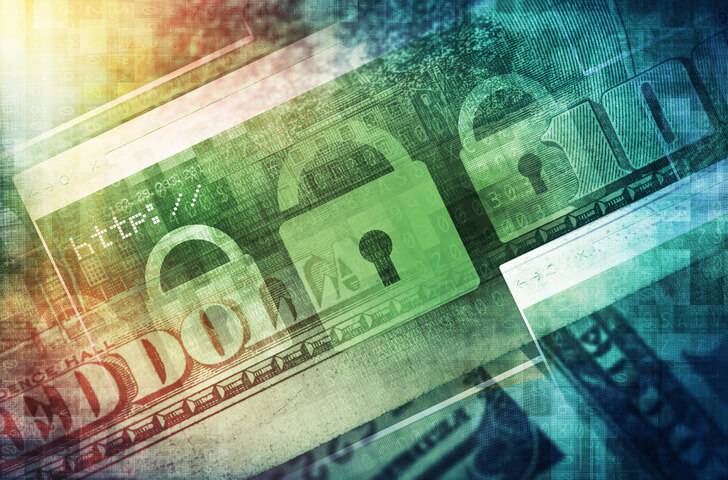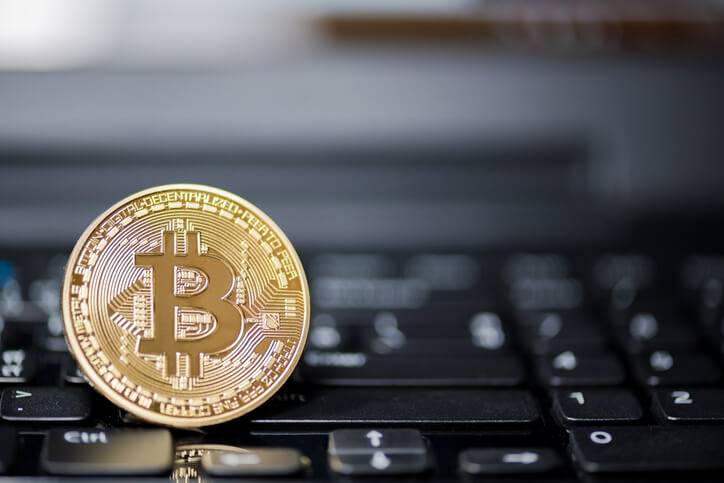The world spins around thanks to trust. You put your trust in things you buy. Also, when you drive your car, you trust drivers will respect driving rules. When you receive instructions to go anywhere or do anything, you also trust people.
You may think that the information you receive is genuine. However, if you suspect that it is not, you might check it out, or you might need a middleman to do it.
When experts say that blockchain is going to be the next big revolution of the 21st century, they mean that you feel that trust on the Internet too. Moreover, there is another advantage: blockchain removes middlemen. There is more security with fewer resources. So, how is it be possible?
How Do Bitcoins Work?

Trust also moves money. Nowadays, the value of money is not supported by the gold reserves of a nation. Money is just a number in the system.
That number becomes something real when you go to a teller. Its value is given by the monetary authority which prints bills and coins, so money has the trust of people who accept it to exchange goods and services.
Something very different happens with virtual currencies like bitcoins.
Bitcoins are assignments to public directions. They are produced by blockchain, as every time a node (member of a chain) validates a transaction, it is rewarded with bitcoins. This process is called data mining.
Each transaction contains “inputs”. It is information where you find the transaction done by the sender. There is also an endorsement when a sender requests a new transaction.
When it comes to sending a transaction, a public direction (bitcoins start with number 1 to distinguish from other crypto currencies) and a private password is needed. The password is a sequence of characters generated by the user’s software.
Some nodes (which take part of a blockchain) validate transactions through two steps:
- That you are the real provider of the information. Nodes verify the transactions that are already done by databases and “inputs”. In bitcoins, it checks the amount of money which was sent to you before you send it to other people. So, it is a way to avoid counterfeiting.
- That you did not send the information twice. Each transaction is unique and unchangeable, which means that you did not spend those bitcoins before. This avoids double spending.
Double spending means counterfeit in the real world. However, checking procedures make sure a piece of data that has already been registered isn’t changed.
If during the process, the nodes which validate a piece of data deduce that it is invalid, then it is rejected. This means that the data is not registered by miners, and it does not take part of the chain.
What is the 51% attack?

The blockchain is a consensual technology: there is an agreement between nodes which verify data. You may wonder what would happen if the nodes agree to validate a false block? This situation is called the 51% attack.
It happens when an attacker wants to generate distrust in the block chain. According to Gavin Andresen (current leader of the bitcoin project), this hypothetical situation needs “as much computer power as the entire rest of the Bitcoin network combined“. If an attacker has all that power, they can:
- Reverse transactions that they send while having control. This has the potential to double-spend transactions that previously had already been added in the block chain.
- Prevent some or all transactions from gaining any confirmation.
- Prevent some or all other miners from mining any valid blocks.
Andresen explains that these situations do not make sense when it comes to earning money. They need a big system and a great organisational capacity to perform a 51% attack. So, it is most cost-effective to allocate resources to data mining under the blockchain rules.
Moreover, blocks have in their code the notion of priority. That means: a simple transaction has more priority than a complex one. This is something that avoids spamming in transactions.
At the moment, you can do transactions without paying commission. The priority of transactions will decrease in case there is an attack which needs to verify a big amount of data. However, if you want to prioritise your transactions, you need to pay commission. Lots of requests require big commission. So, an attack like this it is not cost-efficient.
Blockchain is a technology designed to be secure, but there is a long list of weaknesses. People who are in charge of the Bitcoin project and developers need to deal with these problems, as well as users do.
Finally, although blockchain is called the next big revolution, at present there is a lot of work to do to make this technology popular.
- The keys to get the ISO 27001 certification - November 14, 2019
- Managed Security Service – MSSP - October 23, 2019
- DDoS Attacks – An In-Depth Guide - September 12, 2019







Comments are closed.